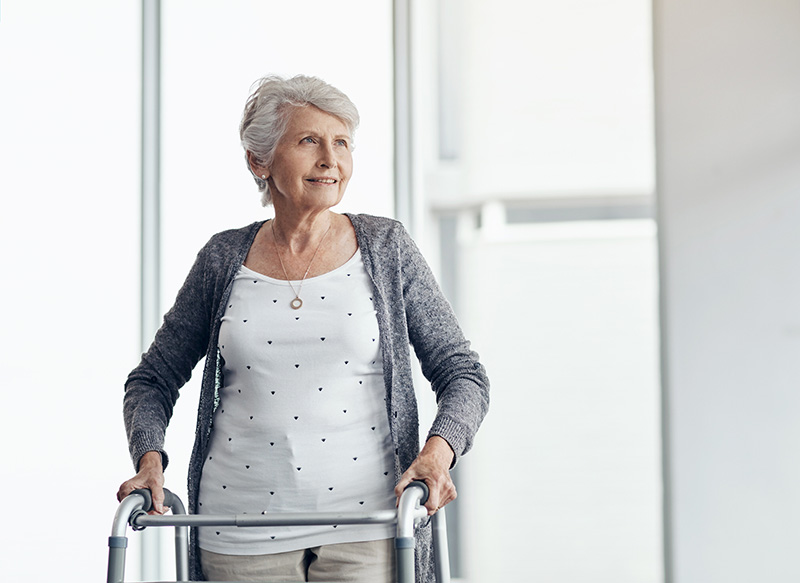


The main cause of injury related emergency room visits for older adults are falls. Falls are costly, in dollars and in quality of life. However, falling is not an unavoidable part of aging. Through practical lifestyle changes, the number of falls among seniors can be largely reduced. National Falls Prevention is an annual reminder for older adults, caregivers, family members along with healthcare professionals to increase awareness and prevent falls in the community.
Key Facts about Falls
According to the Centers for Disease Control and Prevention (CDC), falls can be serious and costly:
- One in four Americans aged 65+ falls every year in the United States
- Each year, about 3 million older adults are treated for a fall injury
- One out of every five falls causes a serious injury, such as broken bones or a head injury
- Each year at least 300,000 older people are hospitalized for hip fractures
- Women fall more often than men and account for three-quarters of all hip fractures
Osteoarthritis and Falls
Osteoarthritis (OA) not only makes your joints painful and stiff, it can also affect joint function in hands, wrists, knees, hips, or lower back. As a result, OA could worsen balance and decrease ability to perform daily activities. OA is associated with increased risk of falls and fractures. If you are uncertain of your fall risks, you may ask your doctor or a specialist to do a fall assessment for you. Once you know which factors put you at risk, you can take steps to manage them
Steps to Prevent a Fall
Falls are not a normal part of aging and are preventable. You are encouraged to talk to your family and enlist their support in taking simple steps to stay safe with these tips:
- Talk with your doctor about fall risks, fall assessment, and fall prevention
- Tell your doctor right away if you have fallen, if you’re afraid you might fall, or if you feel unsteady
- Join a balance or exercise program to help build stability, strength, and flexibility
- Review your medications with your pharmacist or doctor
- Get your vision and hearing checked every year
- Wear the right shoes. Stick to sturdy low-heeled, rubber-soled shoes
Home Safety
If you are at high risk for a fall, consider wearing an alarm device in case you fall and cannot get up. Here are some more tips for keeping the home safe:
- Make sure all hallways, stairs, and the path from your bed to the bathroom is well lit
- Look at the floor in each room:
- The furniture should be organized in a way that allows for a safe path to walk through
- Remove any throw rugs that can be tripped over
- Pick up everything off of the floor
- Tape cords and wires to the wall so you can’t trip over them
- Keep things off of the top shelves for easy access
- Ensure the tub or shower floor is not slippery by putting a non-slip rubber mat on the floor
- Install handrails on both sides of stairways inside and outside of your home
